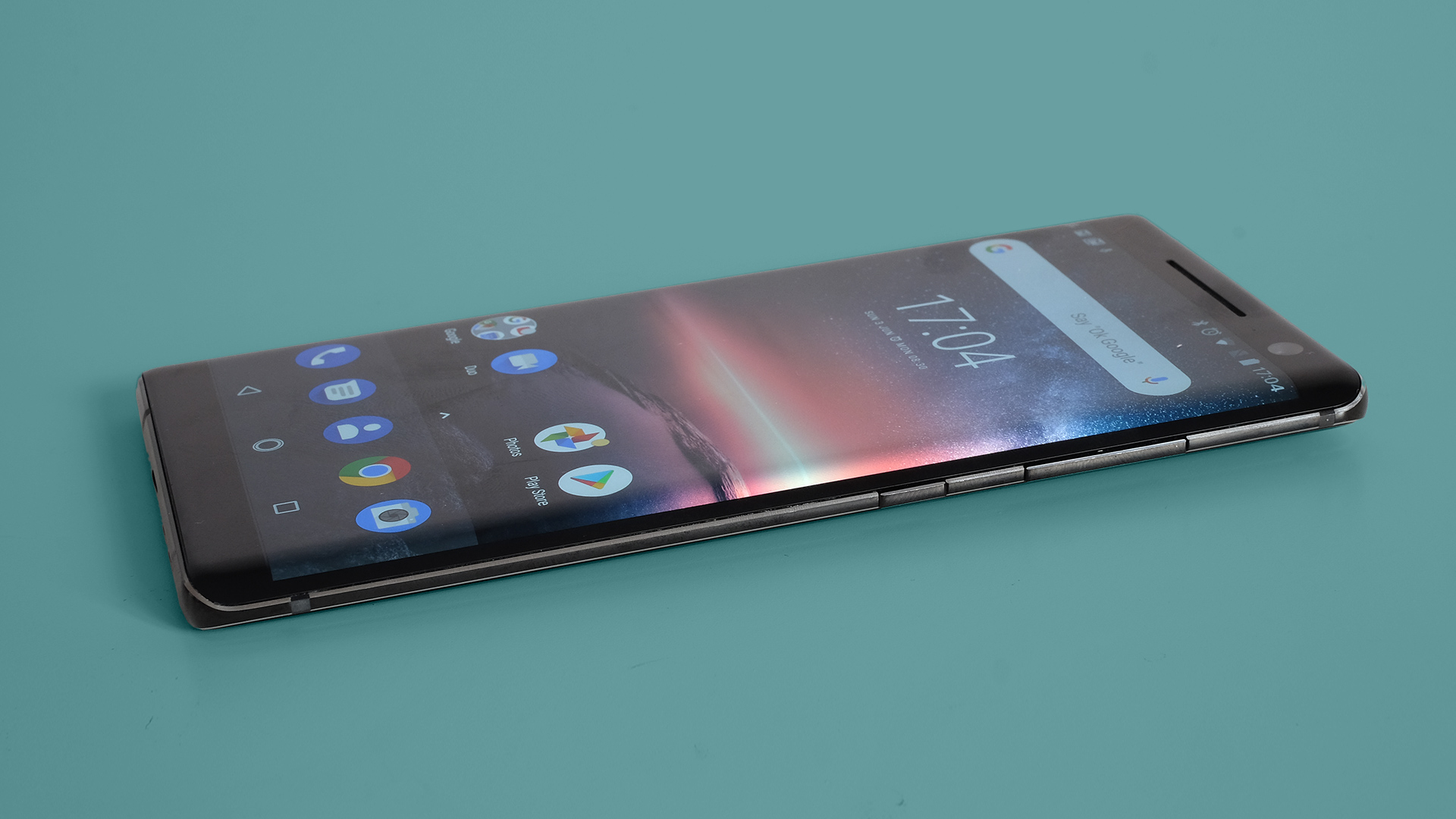Why you can trust TechRadar
Battery life
- 3,260mAh battery
- Easily lasts a day or more
- Supports fast and wireless charging
The Nokia 8 Sirocco has a 3,260mAh battery. It’s a lot smaller than the 3,800mAh of the Nokia 7 Plus, not least because this is also a smaller phone that is deliberately quite thin.
However, real world battery life is still perfectly sound. While not a class leader, we find the Nokia 8 Sirocco lasts a comfortable day and a half between charges. Its last 20% charge hangs on pretty well too.
After several hours of audio streaming, some social media use and a bit of internet browsing, we find the phone ends up with around 30% charge by the end of the day. That not bad at all.
For all the complaints we have about the P-OLED screen, it seems to be very efficient too. Playing a 90-minute video at maximum brightness takes just 12% off the battery level, beating most apart from class leaders like the Huawei P20 Pro.
The Nokia 8 Sirocco comes with a fast charger that outputs up to 15W to get you from flat to 50% charge in half an hour. As ever, the speed slows down after this, but you’ll get to 100% in under two hours.
Wireless charging is available too. Like most, it uses the Qi standard so will work with most third-party pads. You don’t get one in the box, though.

Camera
- Dual-lens camera offers 2x zoom
- Good pro mode and intuitive camera app
- Camera performance is solid but bettered by rivals
The original Nokia 8 from late 2017 had a rather uninspiring camera for a higher-end phone, using a dual 13MP rear sensor array. Nokia has improved this setup in the Sirocco, with two cameras much closer to those of its rivals.
There’s a 12MP sensor with large 1.4-micron sensor pixels, for better low-light sensitivity, and a secondary camera with a 2x zoom lens and 13MP sensor. Both use Zeiss-branded lenses.
In anything but poor lighting, the benefits of the zoom are real. We tried the 1x and 2x views shooting a bookcase from about 5 meters away, and the text on the books’ spines was much clearer at 2x.
However, its effectiveness is not on par with the Huawei P20 Pro or iPhone X. At night the compromises of the 2x camera’s slower f/2.6 lens and the lower-quality sensor are quite apparent, and telephoto images are slightly soft generally.

Take the Nokia 8 Sirocco out during the day and you can capture some lovely shots. The 12MP sensor on the back is clearly good, capable of capturing sharp, noise-free images with good color and some natural bokeh (background blur).
The camera app also works well. In most conditions there’s very little shutter lag, which gives you that sense of a more direct connection with the camera. It’s a tool that actually works, in other words.
It’s pleasantly plain too. While the camera app is Nokia’s own, it hasn’t gone for the kind of attention-grabbing AI and AR modes some other phone makers currently peddle. The zoom button, which switches between 1x and 2x views, is also handily very close to the shutter button. It feels very natural and intuitive in use.
You also get Nokia’s long-celebrated pro mode. This uses a set of dials to let you control shutter speed, exposure, ISO, focus and white balance.

It works well and, just like a DSLR or compact system camera, manually setting one parameter and leaving the Nokia 8 Sirocco to sort the rest feels good. Solid pro modes are nowhere near as rare as they used to be, though, so this no longer sets the phone apart.
That sums up the Nokia 8 Sirocco’s camera generally. It is good, but we’ve seen so much progress in this area even in the last couple of years that it takes more to excite at the price.
Some aspects of the Nokia 8 Sirocco’s shooting performance could be improved too. For example, its Auto HDR optimization is not the best around, beaten by the HTC U12 Plus and Google Pixel 2 XL. You’ll see some blown highlights in scenes, or too-dark foregrounds, and other phones at the price bring out the contours of clouds in bright skies more clearly.
Night shooting, while fairly solid, is not the best around either. Other top phones such as the Samsung Galaxy S9 make darker scenes appear brighter and clearer, and as the Nokia 8 Sirocco does not have optical image stabilization you do need to keep your hands pretty still to ensure a non-blurred shot.

On one evening we shot the Shard building in London with the Nokia 8 Sirocco. Despite deliberately framing the photo, two of the five images we captured had some evidence of handshake blur.
The Nokia 7 Plus shows this phone up too. It has similar hardware and shooting performance, but this seems much more impressive in a phone half the price.
They both share extras like Live Bokeh too. This is a mode that uses software to determine the background in your shot, and then blurs it out. It can come out with effective results, but also trips up a little more than the Huawei or Apple versions of this concept.
For video, the Nokia 8 Sirocco can shoot at up to 4K resolution, 30 frames per second. However, when you bump up the resolution from 1080p, you also lose out on software image stabilization, which is what makes handheld footage look smooth.

The OnePlus 6 offers stabilization (either software or hardware) at 1080p and 4K. We also noticed significant motion blur in the Nokia 8 Sirocco’s stabilized footage. It’s not a king of video, then, although its audio recording is better than most.
Nokia has put three AOP microphones in the 8 Sirocco to let it record ‘Ozo’ sound. The Nokia Ozo is a now-discontinued $45,000 360-degree camera for professionals, but here Ozo means a surround sound recording method.
It works fairly well, and the 'AOP' part of the microphone spec means they can handle very high levels of noise without distorting. We also like the ability to tweak the Ozo feature to record from the front, rear or all around, which is particularly handy if you’re at a gig or are recording yourself talking to the selfie camera.
This front camera has a surprisingly basic-sounding 5MP sensor. It’s not an ultra-low-end camera, as it has 1.4-micron sensor pixels. Your selfies don’t end up looking incredibly soft and mushy, as they would through the 'eyes' of some lower-end 5MP sensors, but its performance is still fairly poor at the price.
There’s no synthesized background blur for the front camera either.
Camera samples
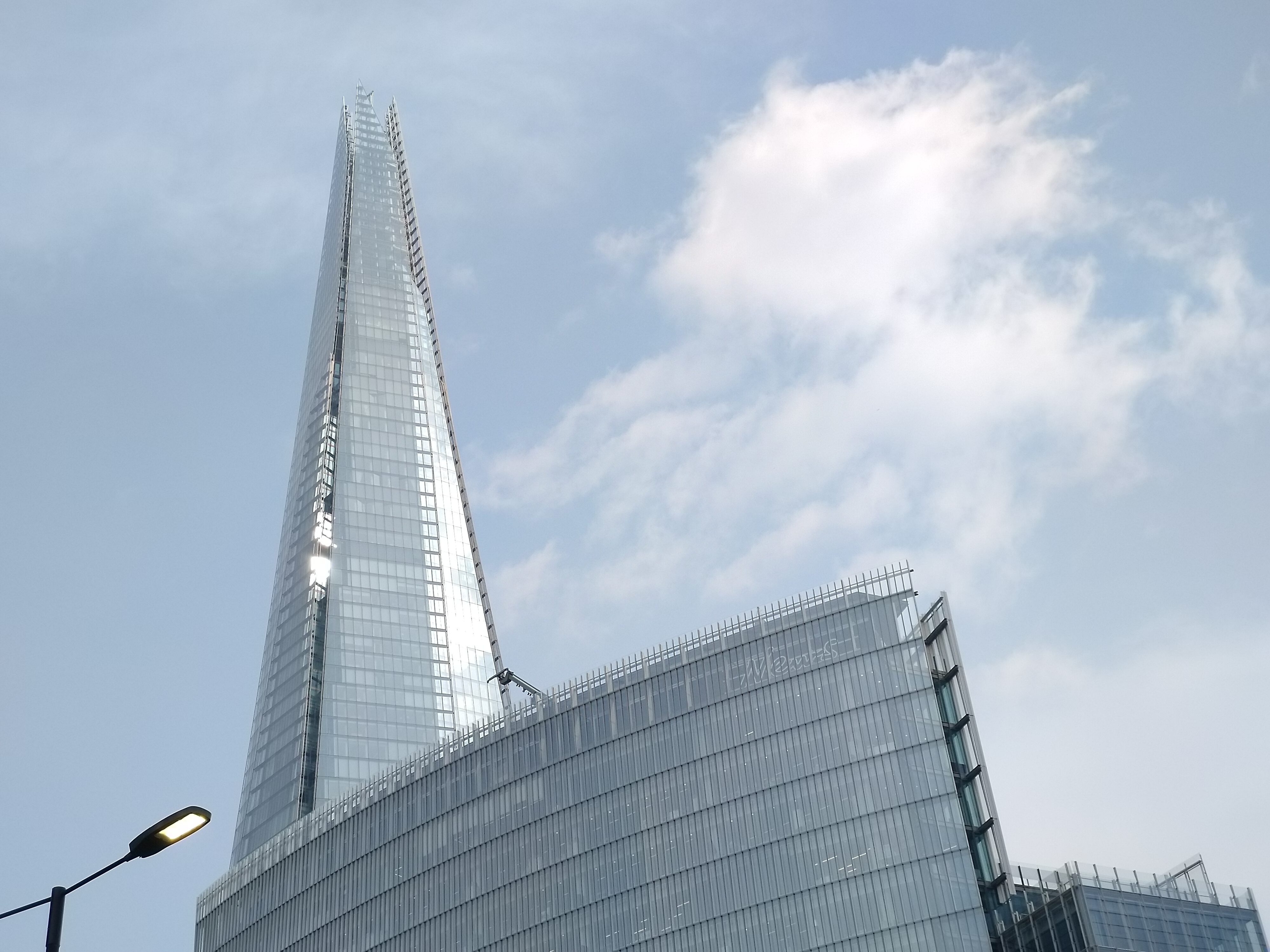
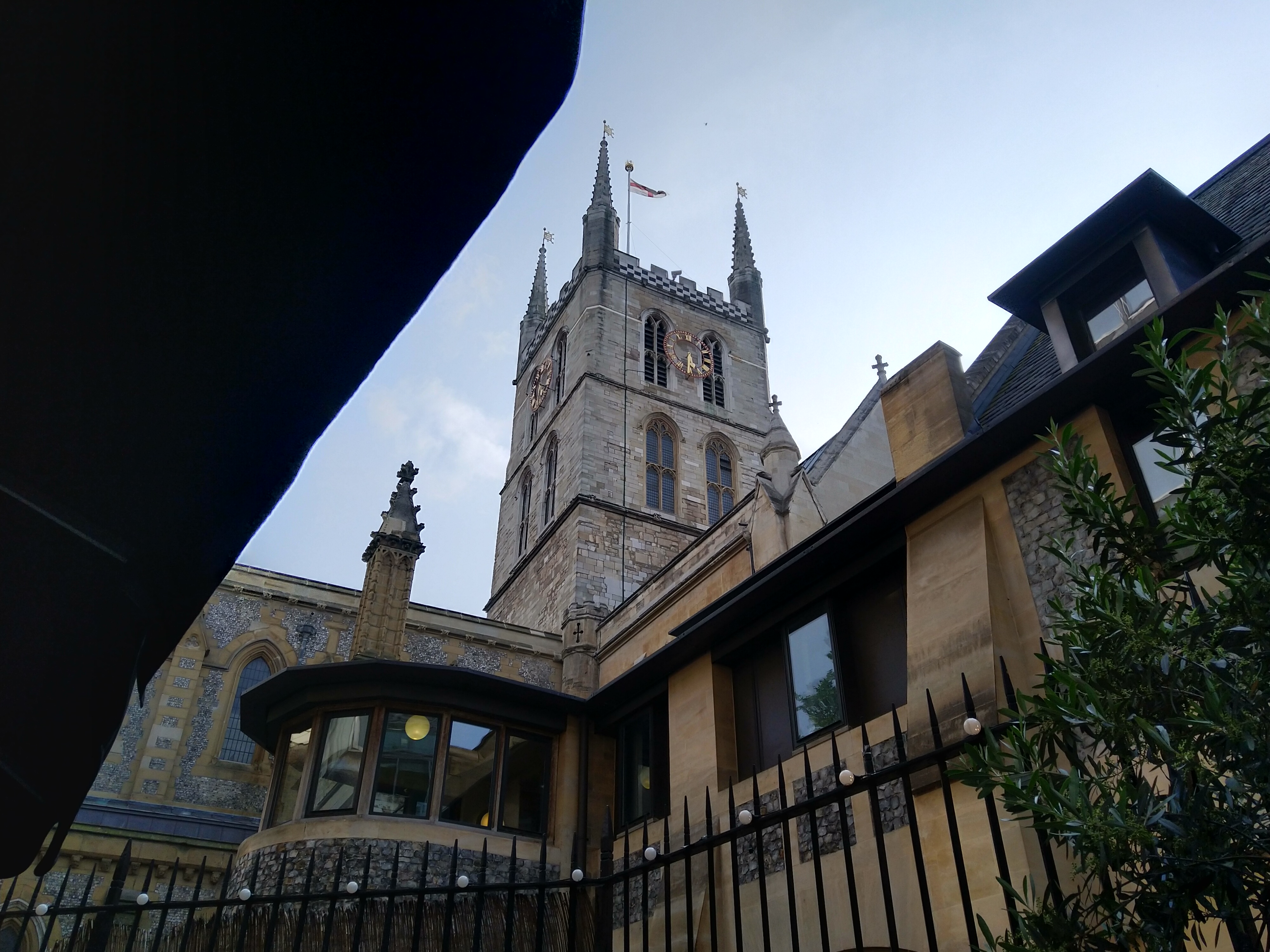
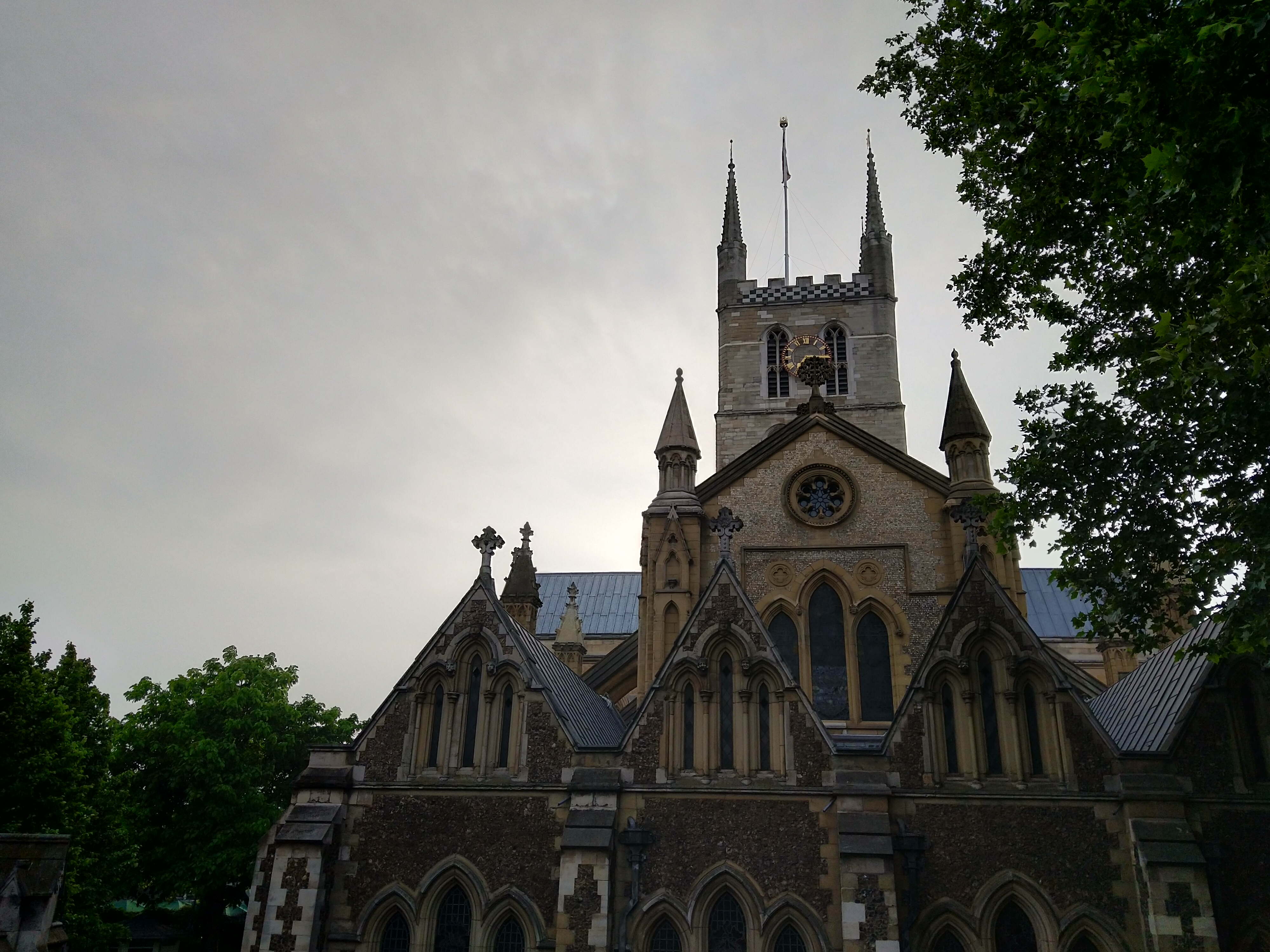
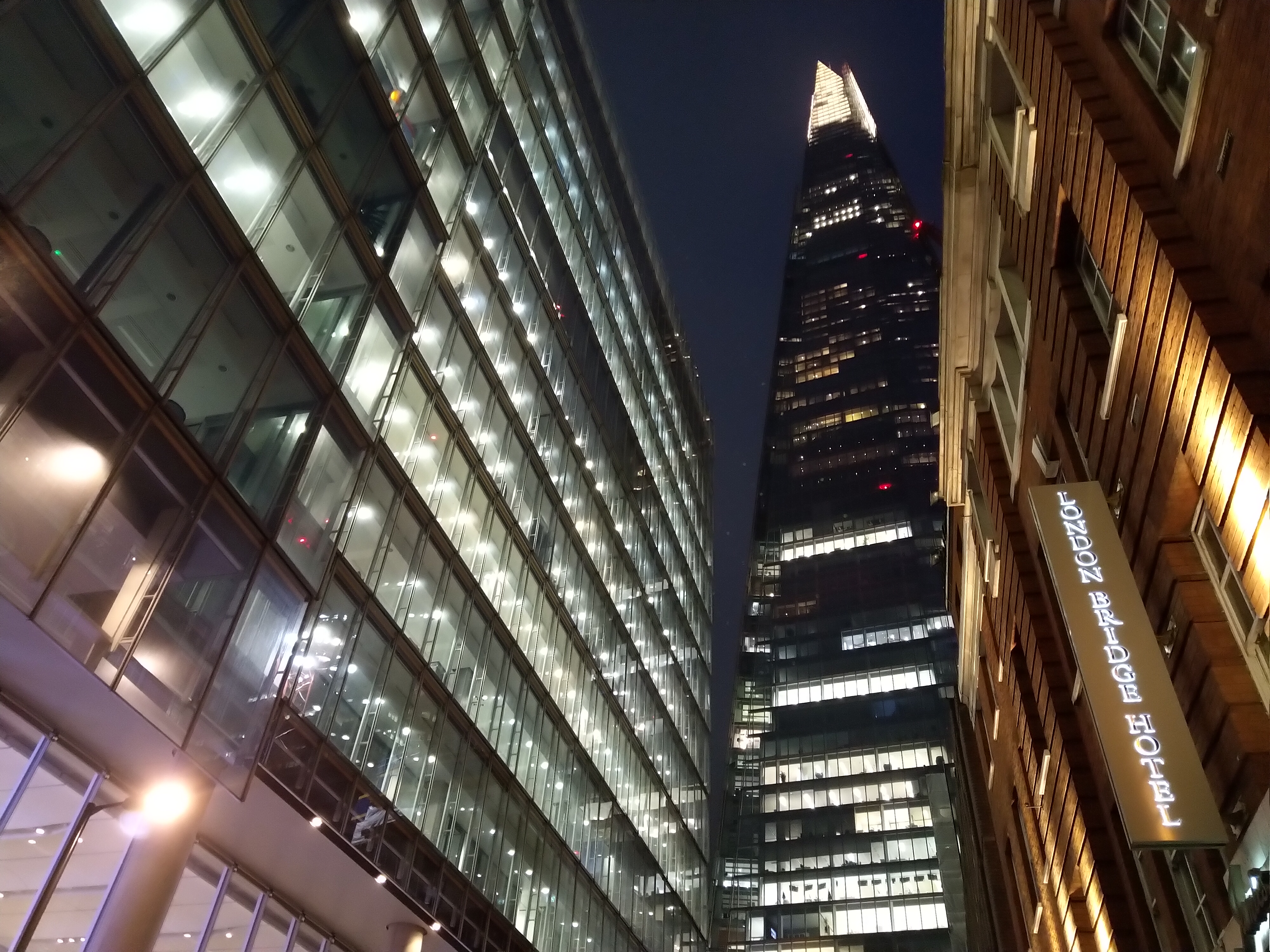




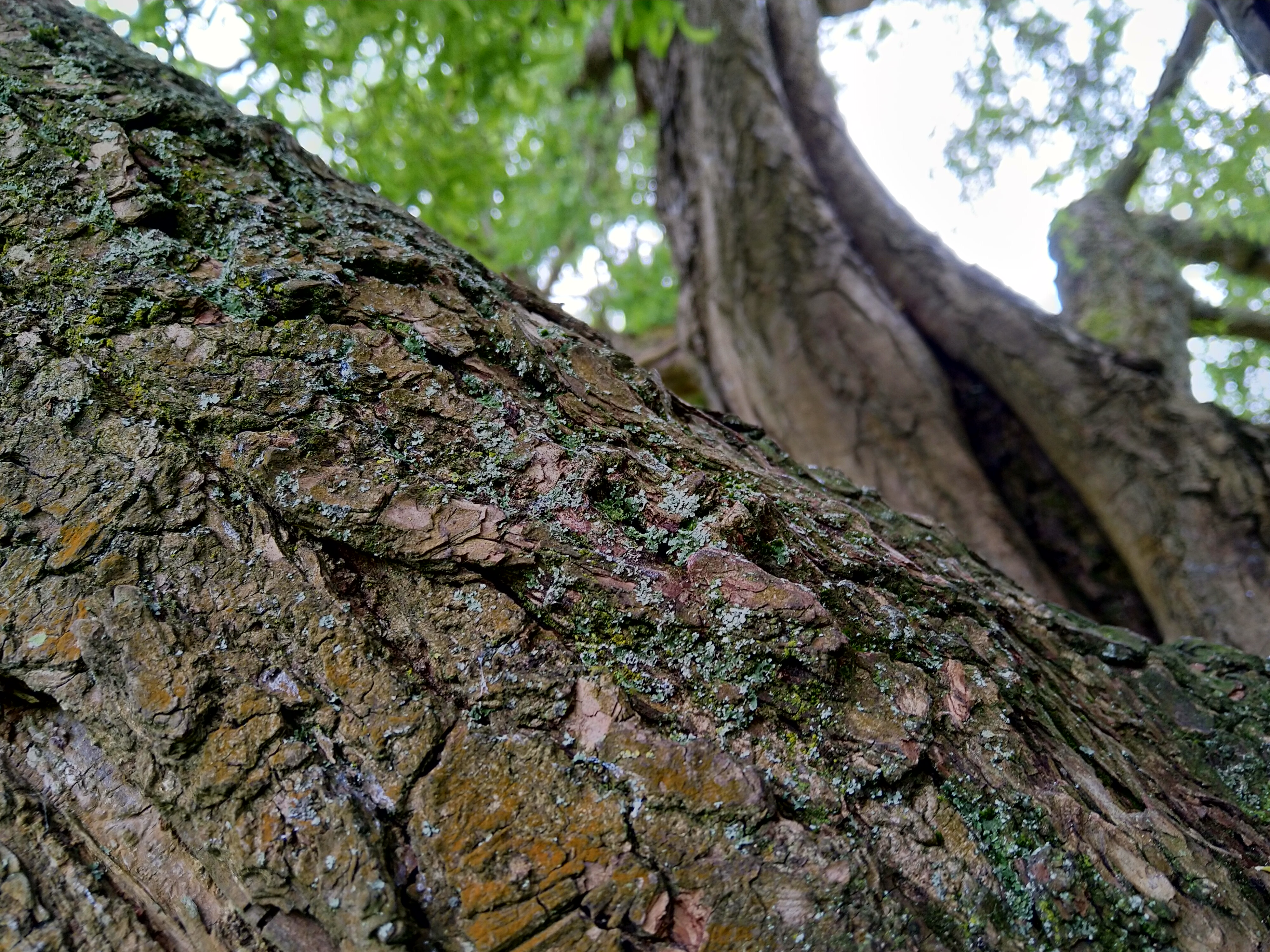

Current page: Battery life and camera
Prev Page Introduction, key features and design Next Page Anything else I should know?Andrew is a freelance journalist and has been writing and editing for some of the UK's top tech and lifestyle publications including TrustedReviews, Stuff, T3, TechRadar, Lifehacker and others.
